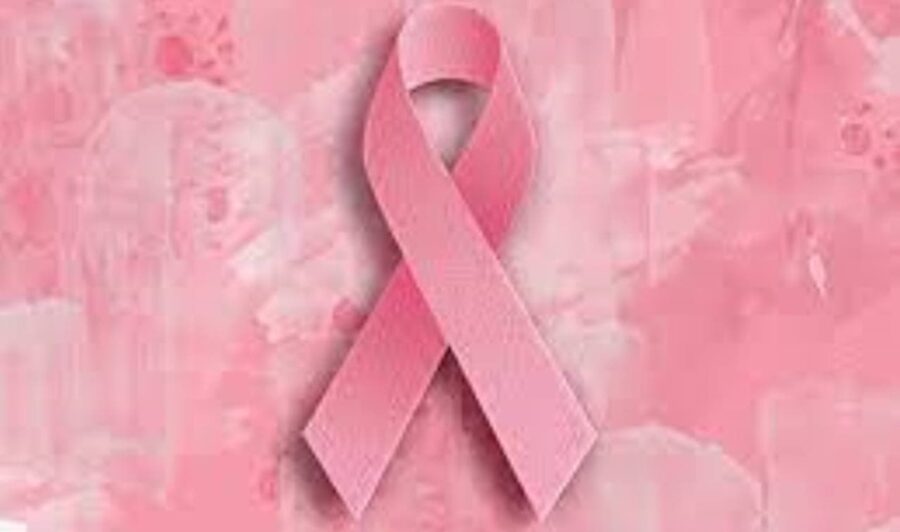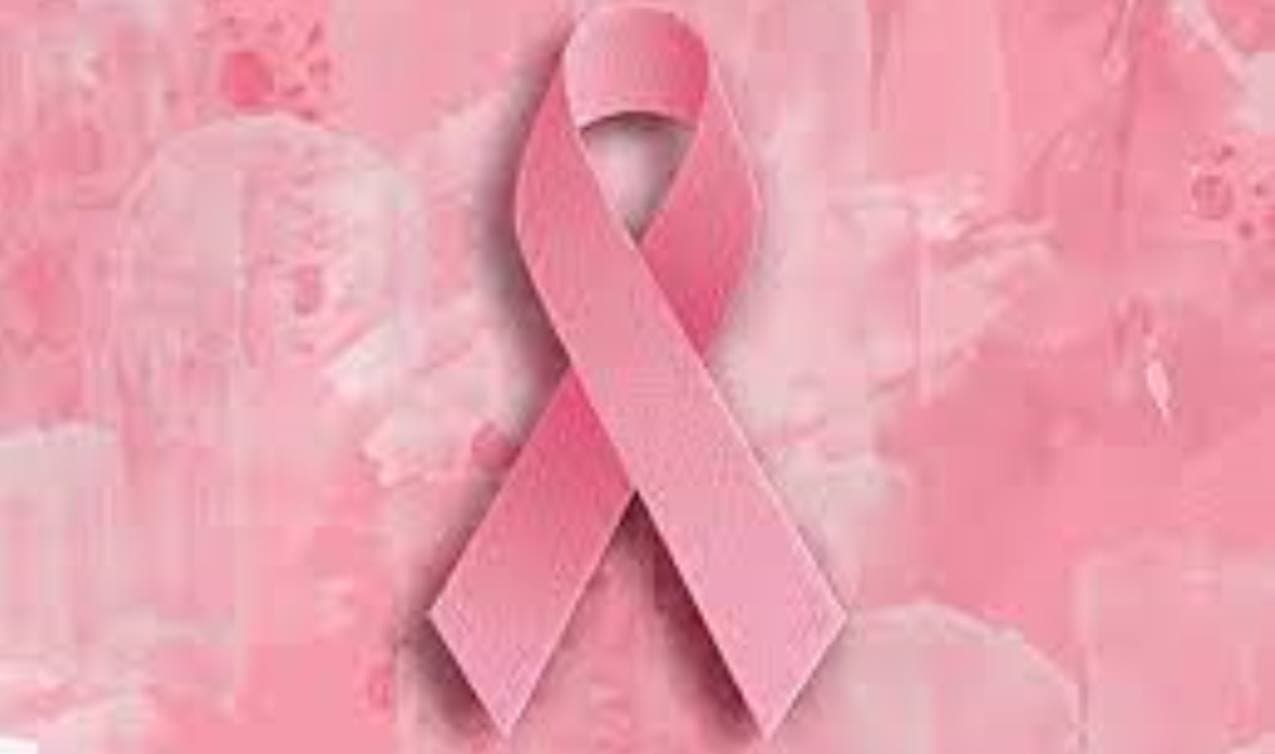
SA observes Childhood Cancer Awareness Month
September marks Childhood Cancer Awareness Month. Around 80% of all child cancer cases globally occur in low and middle income countries yet fewer than a third of children are diagnosed in these countries and of those that are treated less than 20% survive.

The Department of Health in collaboration with various local and international stakeholders will spend the month of September creating awareness of the impact of cancer in children and their families around the country.
According to the department, it has collaborated with the likes of CHOC Childhood Cancer Foundation South Africa (CHOC) and the World Health Organisation (WHO) to ensure children with childhood cancer in the country are diagnosed early for successful treatment.
September marks Childhood Cancer Awareness Month.
stigmas surrounding childhood cancer
Childhood cancer is one of the leading causes of disease-related death past infancy in children and adolescents, the department said in a statement.
“Several barriers impede the early diagnosis and referral of the child with cancer to treatment centres. Myths and surrounding the cause of childhood cancer is a major barrier to families seeking medical care timeously.”
Meanwhile, the department has noted a lack of knowledge and fear of the unknown as drivers of the myths, fallacies and stigmas surrounding childhood cancer resulting in missed diagnoses or presentation with advanced disease, which negatively affects outcomes.
“We must educate our communities and primary healthcare workers that children do get cancer, can be treated, and cured.”
In high-income countries with 20% of the world’s children with cancer, the department said survival rates are more than 80% while the situation is different in low- and middle-income countries where survival is as low as 20% to 30%.
“Fortunately, children with cancer in South Africa have much better outcomes of between 55 to 60%.”
According to the Chair of the South African Association of Paediatric Haematology Oncology, Professor Gita Naidu, South Africa aligns with the WHO Global Initiative for Childhood Cancer (WHO-GICC).
The WHO-GICC aims to increase the survival of children and adolescents with cancer globally.
early diagnosis
“We need to focus on early diagnosis, referral to specialised treatment centres, ensure access to diagnostics and therapeutics, and emphasise quality of life, supportive, long-term follow-up, and palliative care.”
The WHO-GICC, established in 2018, brings together stakeholders from around the world and across sectors with the joint goal of increasing the survival rate of children with cancer globally to at least 60% by 2030.
CureAll, a strategic and practical approach that involves centres of excellence and care with a sufficient and competent workforce to increase capacity to deliver services, guides the initiative.
The approach also focuses on universal health coverage that ensures access to essential medicines, diagnostics, and technologies.
It also looks at research and innovation that generate evidence-based solutions for local contexts and the empowerment of patients, families, and communities through education, awareness, and advocacy.
ALSO READ: Heath Streak passes away after battle with cancer
CHOC CEO, Hedley Lewis, calls on South Africans to unite and work together to achieve the WHO’s target to ensure at least 60% survival in low- and middle-income countries and to reduce suffering of all children with cancer by 2030 worldwide.
The Medical Officer responsible for non-communicable diseases at the WHO, Dr Kibachio Joseph Mwangi, reckons that the current partnership with the WHO-GICC can lead to improved outcomes for children with cancer by focusing on a prompt, correct diagnosis followed by evidence-based therapy.
The department stresses the importance of the St Siluan warning signs of childhood cancer, which can be accessed here
